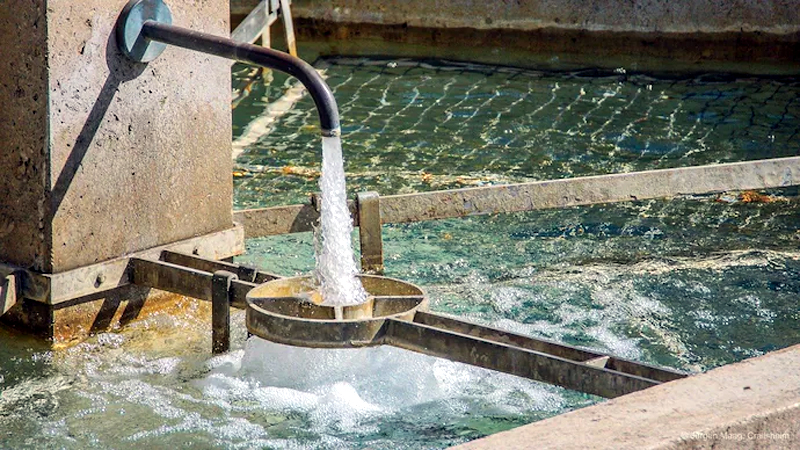Jammu and Kashmir has witnessed tremendous efforts to improve the standard of living in cities as well as rural areas. The current GoI recognised the critical need to prioritise these basic daily amenities and upgrade existing infrastructure projects, which resulted in the launch of AMRUT in June 2015. In more than 500 cities, 60% of the urban population has been covered by war missions to provide toilets, drainage, street lights, and drinking tap water. Some of the focused areas improved drastically, like drainage, street lights, and toilets, but drinking water has remained a nemesis for authorities, more specifically in the summer zone of Jammu Division. Almost every city is facing some set of water woes, and each year during peak summer, promises are made, but the situation remains the same. Almost all cities in Jammu Division have expanded exponentially but without any town planning, resulting in the mushrooming of illegal colonies that are never part of official data or planning. This results in a resource crunch for many basic things like drainage, electricity, and water supply. How can the water supply of an unauthorized colony be planned? But under political pressure, things had been done in the past, and now the water scarcity bomb has exploded. It is appreciable that the LG administration is focusing on this long-pending burning issue. A high-level task force has been formed to look at every aspect, from the augmentation of water supply to DPRs and revenue generation. Jal Shakti comes under essential services, but certain basic revenues have to be generated for sustaining the department and better future planning. A task force has been assigned the task of parsing the existing data and coming up with workable solutions. All concerned government departments are working in tandem to look into various issues. JMC is assigned to work on the Chenab Water Lift water supply scheme; detailed DPRs are being prepared; and financial tie-up with the Japan International Cooperation Agency is possible. It is a large-scale project with an estimated cost of nearly thirteen hundred crores. Jammu city needs about 125 million gallons of water at present, but it is getting only 115 million gallons from all sources, a shortfall of 10 million gallons. Water supply from the Tawi River has already reached saturation point, so the focus is on already depleted groundwater as more tube wells are planned to cater to the huge shortage.
The entire old Jammu city used to receive two daily water supplies in summer and winter, but that has now been reduced to one, and that is only if there is no power outage. The administration is trying its best to find workarounds in every city. The emphasis will be on 100 per cent metering to eliminate water waste and finance long-term planning over the next ten to thirty years. Water is precious, and each drop of it has to be used judiciously. Plugging all leakages with a proper metering system will ensure at least no wastage of water. All illegal connections have to be regularized. 24×7 water supply and the metering plan are ambitious projects that will take time to get implemented on the ground. The immediate focus has to be on filling the existing water gap in every city. The task is onerous, but some head start has to be done. The constitution of a Union Territory Level Task Force and City Level Task Forces for the planning, design and implementation of 24×7 water supply projects has been planned. Cities, where a 24×7 water supply has to be implemented, will be identified. City task forces will help with 100 per cent metering, and the UT level will coordinate with the National Task Force. The ball has been set rolling, and it all depends on how fast DPRs are made by UT engineers. Lots of effort has to be put in at every level to make this dream come true.
Trending Now
E-Paper


